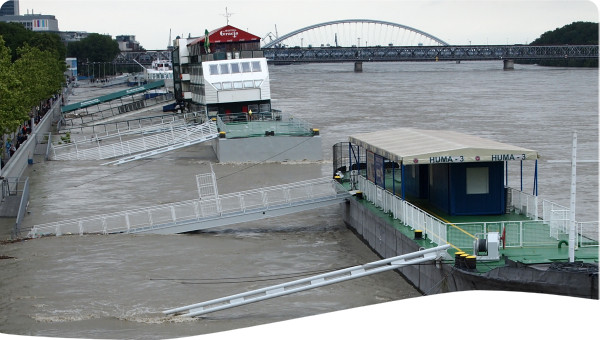Modern-day flood management has evolved into a variety of flood management alternatives. The selection of appropriate flood measures is crucial under a variety of flood management practices, approaches, and assessment criteria. Many leading countries appraise the significance of risk-based flood management, but the fixed return period is still the de facto standard of flood management practices. Several measures, approaches, and design criteria have been developed over time. Understanding their role, significance, and correlation toward risk-based flood management is crucial for integrating them into a plan for a floodplain. The direct impacts of a flood are caused by direct contact with the flood, while indirect impacts occur as a result of the interruptions and disruptions of the socio-economical aspects. To proceed with a risk-based flood management approach, the fundamental requirement is to understand the risk dynamics of a floodplain and to identify the principal parameter that should primarily be addressed so as to reduce the risk. Risk is a potential loss that may arise from a hazard. On the one hand, exposure and susceptibility of the vulnerable system, and on the other, the intensity and probability of the hazard, are the parameters that can be used to quantitatively determine risk. The selection of suitable measures for a flood management scheme requires a firm apprehension of the risk mechanism. Under socioeconomic and environmental constraints, several measures can be employed at the catchments, channels, and floodplains. The effectiveness of flood measures depends on the floodplain characteristics and supporting measures.
Description / Abstract
Publication year
Thematic Tagging
English
 Resource -
Resource -
